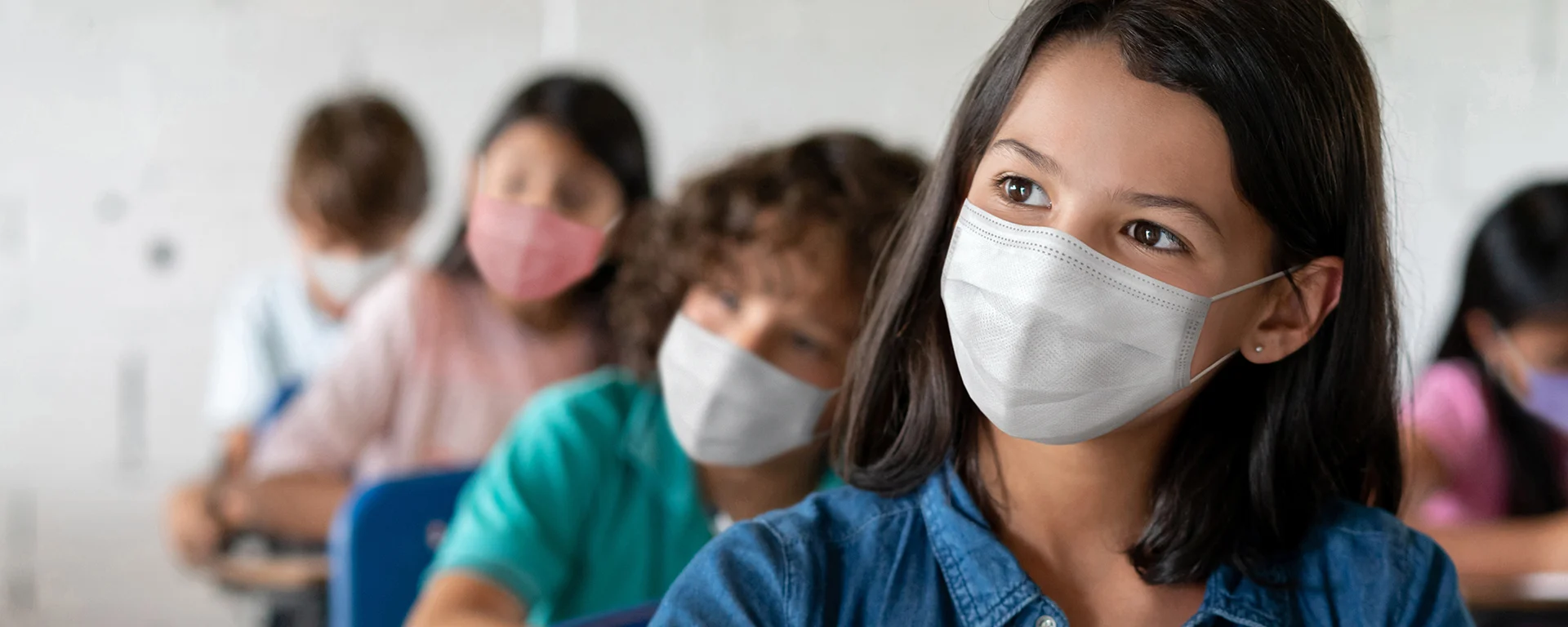EUAs: The Beginning and The End
Emergency Use Authorizations (EUAs) gave us COVID tests quickly. What happens to them when the emergency is over?
The emergency phase for COVID-19 is ending. If you’re one of the people who still follows what’s happening in the world of COVID (and I assume you are, since you’re reading this article), you may be wondering about all those products that are under Emergency Use Authorization (EUA) from the US Food and Drug Administration (FDA). What happens to them when the emergency is over? EUAs can’t last forever, can they?
Some of those products have already received full approval from the FDA, including the original Pfizer and Moderna vaccines and a number of COVID treatments. But many products — including most of our home COVID tests — are still under EUA. Luckily, EUAs fall under a different emergency declaration than the one that ends in May or the one that President Biden signed in mid-April. (You can learn more about the different emergency declarations and what they govern in another WTT article.)
And the plan isn’t for things with EUAs to suddenly go away at the end of the emergency either. But — as with everything COVID-related — it’s complicated.
Why did we need EUAs?
Remember, when the pandemic started, COVID-19 was a newly discovered virus. People were dying and there weren’t any commercially available tests to diagnose it, let alone vaccines or treatments.
It takes an average of three to seven years for a medical device like a COVID test to get developed, approved, and on the market. For drugs, it takes even longer — often around 12 years. The US government, private companies, universities, and other organizations all worked together to develop COVID tests and manufacture them as fast as possible. Funding and other support from the government dramatically sped up that part of the process. But the clinical studies and other work needed for full FDA approval often take years. We couldn’t wait that long. That’s why the EUA process exists.
EUAs can only be given under very strict conditions:
There must be a public health emergency for a serious, life-threatening illness.
There can’t be any other measures already approved to address it.
And then to get authorization for a product, there must be:
Proof that the benefits of the product outweigh any risks.
Evidence the product is effective.
The FDA decides and shares exactly how these benchmarks are met. The process is much shorter and less time-consuming than that for full approval or clearance, but it’s still quite rigorous and evidence-based. We need these products to be safe and effective. Otherwise getting them out there faster doesn’t help.
Thanks to EUAs, new COVID tests became available in a matter of months. And vaccines and treatments arrived in just over a year. The FDA has issued more than 950 EUAs during the COVID pandemic. Most are for COVID tests, but others are for vaccines, treatments, and other medical devices like respirators and face shields.
So when will COVID EUAs end — and what will that mean for us?
It depends on what kind of product you’re talking about. We have not yet heard when EUAs will end for vaccines and drug treatments. But for medical devices, the FDA has promised that it will give 180 days’ notice before ending the specific declaration that allows EUAs. Even after that declaration ends, COVID test users shouldn’t expect any major changes. Test makers that have applied for full approval will still be allowed to sell their products while they wait to see if the approval comes through.
However, some brands won’t be on store shelves forever. Current demand for COVID tests is not very high, and there’s a lot of competition, so some companies won’t bother to apply for clearance. Those companies won’t be able to ship out more products after the transition period ends. But any of their tests that are already on store shelves or in your bathroom cabinet can still be sold and used until their expiration dates. And of course, any company whose submission request for clearance or approval is denied will have to stop selling their tests, as well.
The bottom line: Don’t worry.
Consumers don’t really need to worry about the transition from EUA to the typical clearance or approval. Tests, vaccines and other products will still be available (though there’s a small chance you might need to find a new favorite brand of COVID test if yours stops being sold). It’s the test and other device makers who now need to ramp up their efforts. They’ve known this was coming for a long time, though, and they’re prepared.






